An interview with a Krug ambassador and her champagne tips
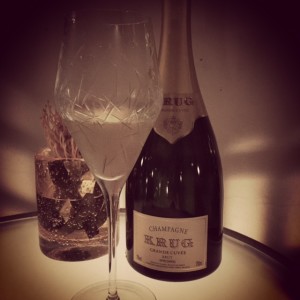
Krug Grande Cuvee at a champagne tasting at Four Seasons Dubai
She’s the brand ambassador for the House of Krug. No she’s not a celebrity, but the head of business development for Europe, Middle East, Africa, Canada and Latin America – a role that has her living out of airplanes and hotels, and living on champagne – something she is not yet sick of, even though she misses her passion for red wine (and burgers). Jessica Julmy is Swiss-American, born to Swiss parents in Chicago. English and French aside, she is fluent in Spanish and Mandarin Chinese, having swopped a career in commercial real estate in China and Argentina, with a fine wine profession in London and Hong Kong, and subsequently joined Krug in Paris in July 2013. She was in Dubai last week to help grow Krug’s UAE brand penetration and market share. As we chatted over a few glasses of Grande Cuvée (interviews flow better with champagne), Jessica shared her tips on the optimum champagne glass, temperature, food pairing, and even spilled the beans on her favourite non-Krug champagnes. Here’s our FooDiva interview with recommendations for all things champagne.
-
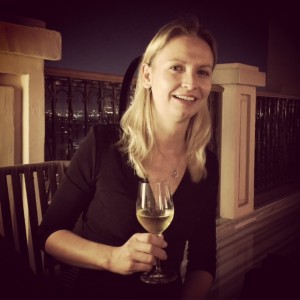
Jessica Julmy, Krug brand ambassador
Why did you join Krug above Moet Hennessy LVMH’s other champagne brands? Was it simply a vacancy and right timing? We have beautiful brands in the group, so we have the luxury of choice. But in the world of Krug, for me, there was a personal fit because the story is so genuine. When Margareth Henriquez joined the house in 2009 as president she was adamant that this is a luxury house, and she worked with our story. It was that aspect that I loved because besides the champagne being unquestionable in quality, whether you like it or not, there are no doubts of the craftsmanship. There was first that element of pride, and beyond that is the genuine side of the story. What we’re saying goes back to our founder Joseph Krug who founded Krug in 1843 and what he wrote in a notebook to his son five years later. To talk about it, to go and train teams; it’s an easy sell. Beyond that, there are the strong characters in the company. I’ve already mentioned our president, an amazing woman. There are few women in wines and spirits, and she’s been head of the house since 2009. Not French either [she is Venezuelan], which is uncommon in champagne. And then having Olivier Krug, the sixth generation involved helps. And finally, the cellar master is an absolute genius, and taught me everything I know about the champagne.
- What’s so special about Krug in comparison to other champagnes? Well here we are drinking Krug Grande Cuvée. We have a long history of saying that winemaking is done at such a level that we sort of sold ourselves on this arrogance, on the elitism that says ‘this is for the connoisseur.’ And again, when our president arrived, she said that this was going against the roots of the house. What we’ve realised is that yes, this is fantastic champagne, but there are a lot of fantastic champagnes, let’s be honest. But the unique selling point is that 99.9% of how champagne houses do things and the philosophy they follow is the same; and then there’s that .1% that Krug does – and again it all goes back to Joseph Krug. When he arrived in Champagne, he started working with Jacquesson, which is a fantastic champagne. It’s quite a stratified industry, where every year houses will make their entry-level quality of a non-vintage, a blend of different years, different grapes. And then in good years we’ll make a vintage, which will be the higher-quality, and it’s only taking grapes from that year. And he said ‘why would I be reliant on the weather’. We actually have letters where he’s writing to Jacquesson saying ‘I’m not really convinced by these fluctuations in quality; can we do something about it.’ And unfortunately we don’t have Jacquesson’s answers, but we can just imagine him saying ‘but that’s how champagne is; we are reliant on the weather’. He became obsessed with this idea of creating a cuvee of indisputable quality and consistency, but every year. And to this day, 170 years on, there’s no other prestige champagne that is recreated every single year. Our cellar master’s focus and first remit is the Grande Cuvée, our ‘entry-level’ champagne which has no vintage. So it’s evolved into what we call Krug Grande Cuvée. And then came the vintage; but the idea is that they’re both the same quality. So obviously one person might prefer one, and someone else the other, but then Krug Rosé or Krug Clos du Mesnil or D’Ambonnay – those are our single plot, single vineyard, single year champagnes and priced higher – they’re all the same quality. Some current vintages coming out of houses are 2002, 2006, and are very specific. And he said ‘I’m going to offer champagne that’s consistent over a decade; and in order to get that consistency we’re going to use the wines of the year, but also blend with reserve wine’ – because we have a huge library of reserve wines, which he tapped into to ensure the consistency of the prestige wine. The challenge we have today is that people look at the pricing of Krug Grande Cuvée, and it’s the same price – or higher – than many vintage champagnes, and there’s no year on it. And most people say ‘well, vintage means better’; and in most cases yes. But at Krug? No.
- Is Krug still the only house to ferment all of its wines in small oak barrels? I don’t know if we’re the only one, but it’s true that up until the 1950s all the houses used oak barrels. And when most houses moved on to stainless steel tanks, Krug kept the barrels. Now we buy them new, but we never use them new – because for the first three years we soak up the aromas, and they’re on average between three and 40 years old. So if we imagine a harvest mid-September, by the end of November they’re moved to stainless steel. But where they’re important is to prove our plot-by-plot approach. So say Krug buys five plots – because remember that the houses tend to buy in most of the grapes – they buy five plots of grapes from this Grand Cru village, press them together, and get one juice, we would make five wines from that. From each plot individually. And those small barrels, we’ve kept them, because they respect that. They have a small capacity, and they allow us to respect that plot-by-plot approach. So they’re just as critical as a Michelin-starred chef is with individual pots and pans. Relatively new for us is the Krug app. So every bottle of Krug has a six digit ID which essentially gives you the story of your bottle. In the case of a vintage, it’ll give you the story of the year and so on. I know from the bottle we had at lunch today that the youngest wine in this blend is from 2006, and the oldest is from 1990. Because we’re now in 2015, and this is the most recent bottle of Krug Grande Cuvée you can get – and you have a wine in that blend from 1990.
- We’re drinking, quite rightly, champagne in what most would consider a wine glass. How do you counteract perceptions that most people (wrongly) assume the traditional flute is the best way to drink champagne? It’s a nightmare. If you remember, cognac wasn’t consumed from the right glasses for a long time. So it’s going to take time. Especially since if you say ‘flute’ people say ‘champagne’, and if you say ‘champagne’, people say ‘flute’. The temperature is also critical. It’s a constant battle to get people to serve it at 9C in the bottle so you get it at 10-11C, or too cold at 6-7C. So that’s also a battle, and I love how my president says ‘if you serve Krug too cold or in a flute, it’s like going to the opera with ear plugs’. To be completely frank it’s a battle, and I think other houses are beginning to advocate wider glasses. We’ve developed glasses that are slightly longer, so that they retain the height – it’s kind of tulip-shaped, but it remains wider on the nose, because our cellar master says the bubbles are the aromatic elevator. So we’ve done something with Riedel, but otherwise any white wine glasses are fantastic compared to a flute.
- Is the lack of awareness partly due to the fact that you’re dealing with glassware companies that are looking at additional revenue from their champagne glasses? So they’re really not going to support it because people will spend a fortune on champagne glasses to match the expensive champagne. But this is why this is an interesting and exciting time for Krug. Besides the house and the history of Krug Grande Cuvée, we’re really advocating no flutes, we’re really advocating the correct temperature, and we’re also saying you can age our champagne. With many of our champagnes, it’s ‘how long?’ and the answer is ‘however patient you are if you have a good cellar’; 10 years, 20 years, 40 years. And you can enjoy it with food. And there’s a structure and complexity with our champagne that you don’t only have to have it by itself. Today at lunch, at Coya, we had it with some spicy calamari, and then we had some kind of steak with cumin on top, and it was fantastic with the food. Even with spicy food, fish, meat, and people don’t expect that with champagne because they’ve been programmed to say ‘no, that’s just for an aperitif’.
- Chef Enrico Bartolini, one of your brand ambassadors, has just signed an agreement to consult for the Roberto’s group of restaurants in the UAE. Are you looking to work with him here as well? From what I can tell, you have no partnerships with chefs in the UAE – are you planning to introduce this here? You know what, it always starts with a person; so if he’s present here, we would consider it. But more than anything, Krug is something that within the trade, among collectors, there’s really great brand awareness. Beyond that, it doesn’t really have the brand awareness of many prestige champagnes. We’re hoping to have one person here soon, but it’s not a question of push. We can’t force it. It has to be a pull. It has to be a GM saying somewhere ‘how can I work closer with Krug? How can I have Krug by the glass all year round?’
- What are your top tips for selecting and drinking champagne? Well, our president said once, and I’m quoting her now because I love how she said it, somebody asked her ‘what’s your favourite champagne?’ And she said ‘my favourite champagne is the one that gives me the most pleasure’; and for me that’s true. Sometimes I think we get too carried away with the official expert and points that a certain wine critic gave it. And it’s so absolutely personal. So one of my first tips would be ‘go with what you feel’, not with what somebody else says, or what they think is better. And then I think the proper glassware and serving is critical. And then I think it’s a question of trying it.
- What are the best foods to pair the Grande Cuvée with other than what you mentioned from your lunch today? For me, I’m Swiss originally, and there’s something very simple about Krug Grande Cuvée with some gruyère cheese. There’s something about that saltiness. With fondue as well? You could do, and actually in Zermatt at the Mont Cervin Palace, at the end of this year, if you order by the glass you get a small portion of fondue. September to November is hunting season, and you can get venison; and venison with Krug Rosé is just absolutely stunning. To be honest, there’s nothing I’ve had with it that’s disappointing, except perhaps dessert. I wouldn’t put dessert with our champagne. Unless it’s something not too sweet like a tarte tatin, because of its roastiness. Or a dessert with almonds or marzipan – flavours that are quite bold work well.
- If you couldn’t drink Krug, what champagne would you drink? I would drink red wine if I’m completely frank. This is one of the things that I miss the most. I love big, heavy red wines. I started in the wine trade in China, and I was, again, quite spoiled by big Bordeauxs. And then I also discovered a bit more about wine when I was living in Argentina – big, hearty Malbecs. But I do find the Ruinart Blancs de Blancs quite stunning, it’s got a story, it’s particular. I love the shape of the bottle as well. And if I have to go outside of the Moet Hennessy LVMH group, I think Sir Winston Churchill, Pol Roger’s prestige label.
- I’m a big fan of Mireille Giuliano‘s books. She’s ex-Veuve Clicquot and tells the story of when she used to constantly entertain with a three-course meal for lunch and a glass of champagne, and yet remained skinny. Would you agree? There is a lot of wining and dining – but the few times that I’m on my own in Paris, I just say no, I can’t do this anymore…and I just crave a burger!
What’s your favourite French champagne brand and why?
A bientôt.
FooDiva. x
High-end restaurants aside, Krug retails at Le Clos in Dubai Duty Free and Al Hamra Cellar, with a starting price of the Grande Cuvée at AED890. At MMI retail outlets expect to pay AED1,212 with tax.
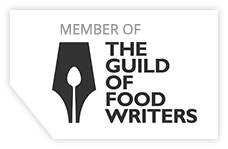













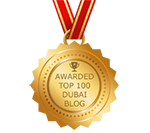
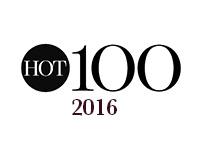
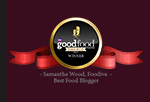
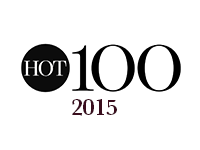


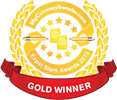




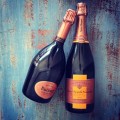
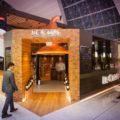
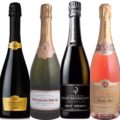

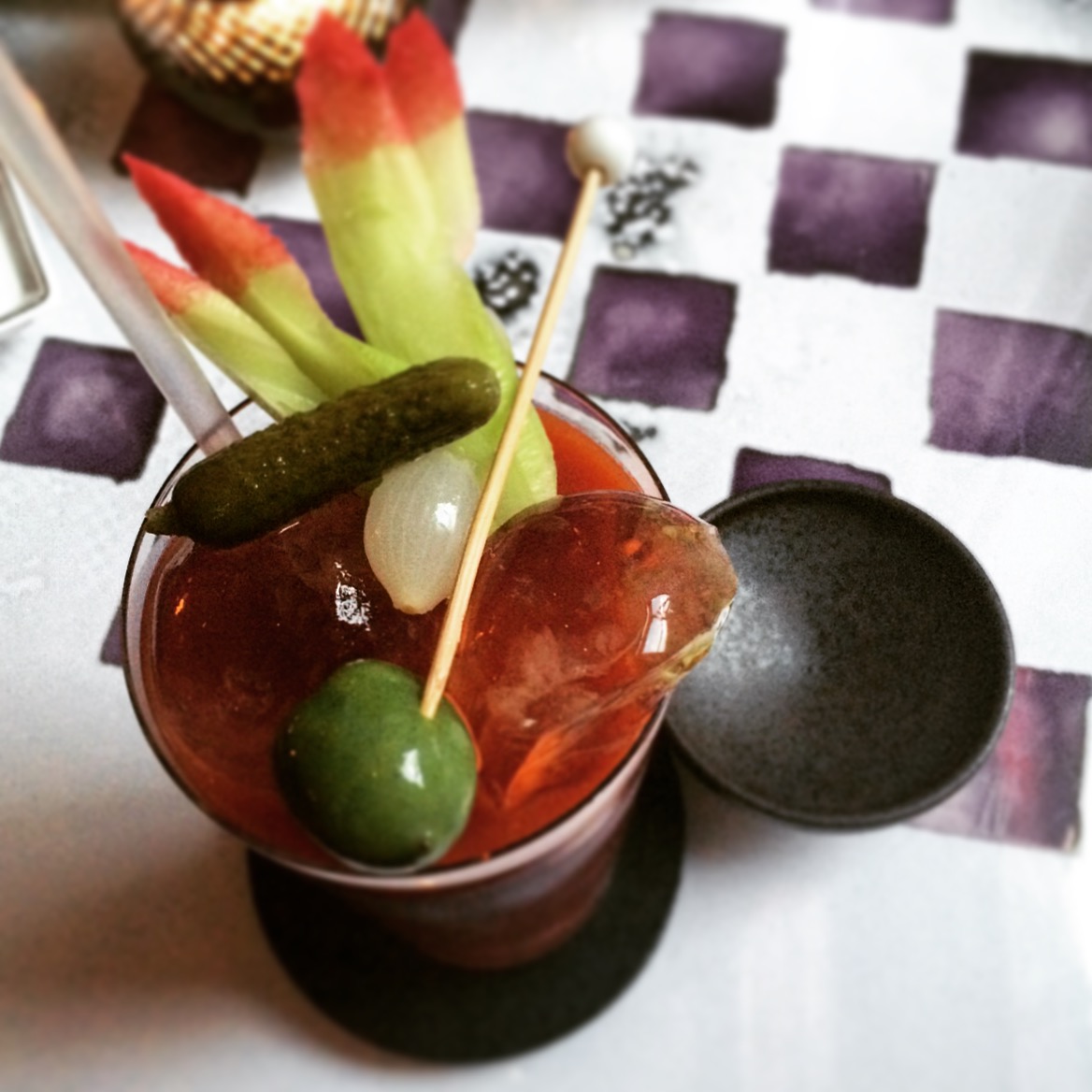

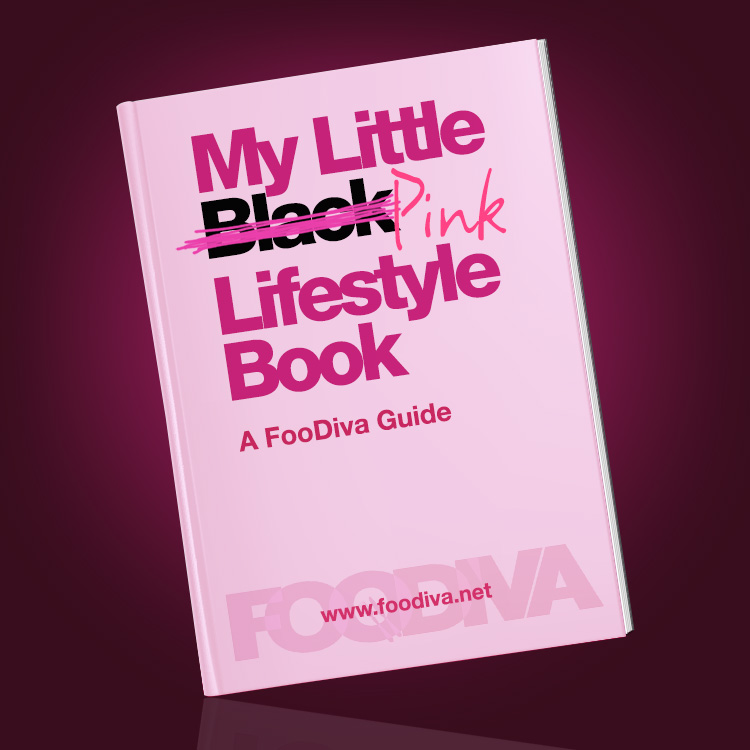


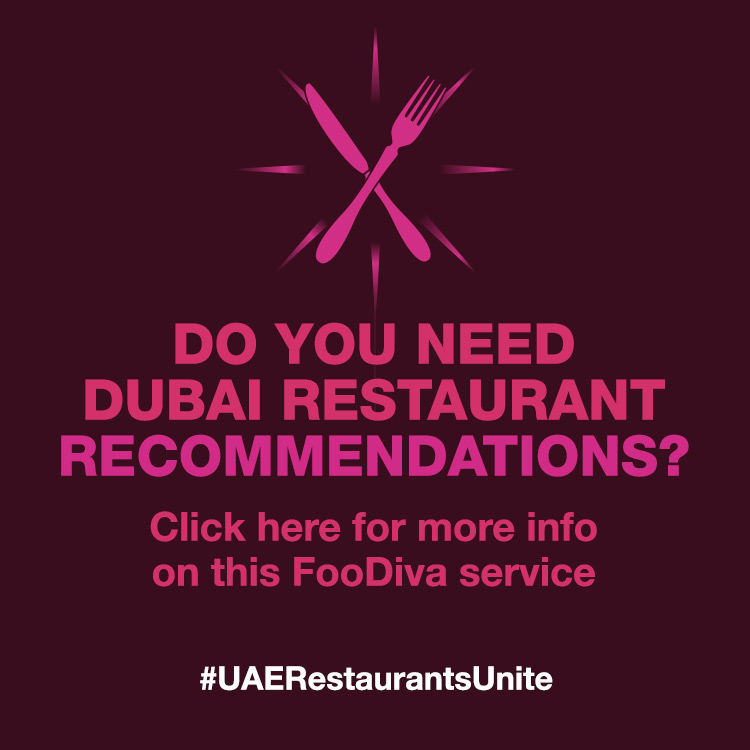



Extremely interesting interview with some ‘eye opening’ points of view. I agree entirely about the use of ‘flutes’ – in days gone by, ‘coupes’ were used all the time so you could get the aroma from the ‘fizz’ but Caterers started using flutes rather than coupes because they took up less storage space and broke less easily…… Interesting to see that they are developing a new design. Waterford glass had some some lovely triangular shaped champagne crystal glasses which really improved the taste of any champagne.
Thanks Garry. Interesting. I think the glasses we tasted the Krug at the Four Seasons were Waterford crystal (see second photo).
I dunno, The keywords in the last 3 years started with “Sustainability” and moved to “Feasibility” followed by *Engagement” and “Analytics”………..etc……… and lately…….”Brand Ambassador” with the latest one “Brand Influencer”….don’t you just luv it.
One and only one way to drink Champagne…….is with Vodka chasers.
Changing times Jay